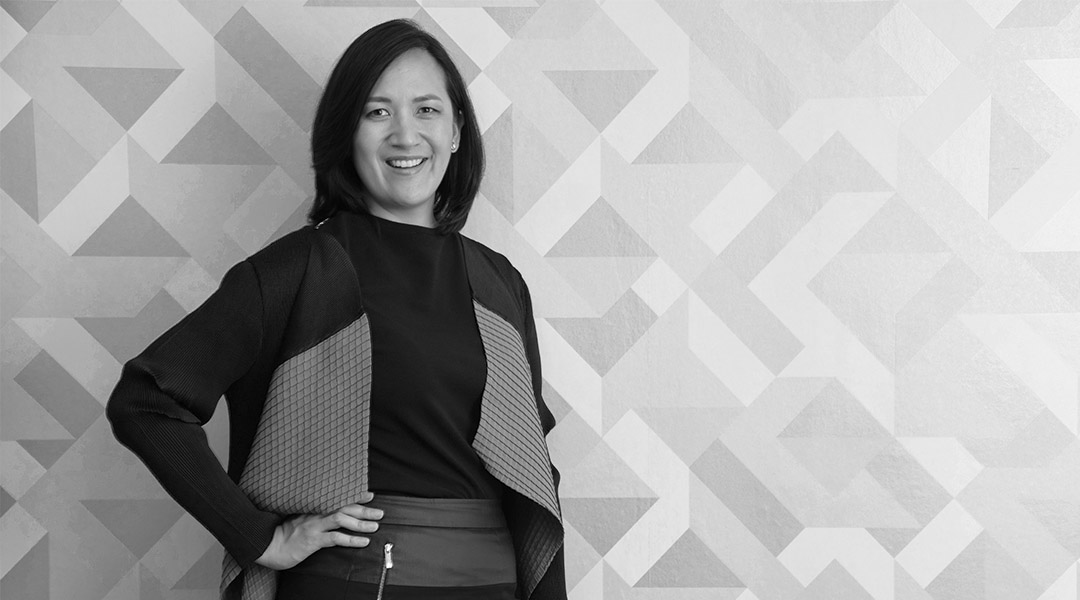
Women Run Design: DEQA Principal Denise de Castro on why gender is unimportant to achieving one’s creative potential
Talking about ‘women in architecture’ or ‘women in a man’s world’ is a double-edged sword; while the original idea is to empower women in workplaces with a predominantly male population, it can also be regarded as disempowering, typecasting, and unnecessary. “Being a woman in a man’s world is an irrelevant concern now,” DEQA Design Collaborative principal Denise de Castro tells BluPrint in an email interview for Women Run Design. “In our age of gender fluidity and neutrality, we have to move past the dualities of male and female and acknowledge a larger spectrum. We need to engage all of humanity, in all its forms and permutations, for the equal treatment of all as a global society in the 21st century.”
Instead, de Castro encourages women, even men and those who identify as LGBTQ, to keep in mind that “design is a passion before it is a profession.” She adds, “Find your passion. It will lead you to your purpose. If you have both, there are no obstacles in your path, only possibilities.”
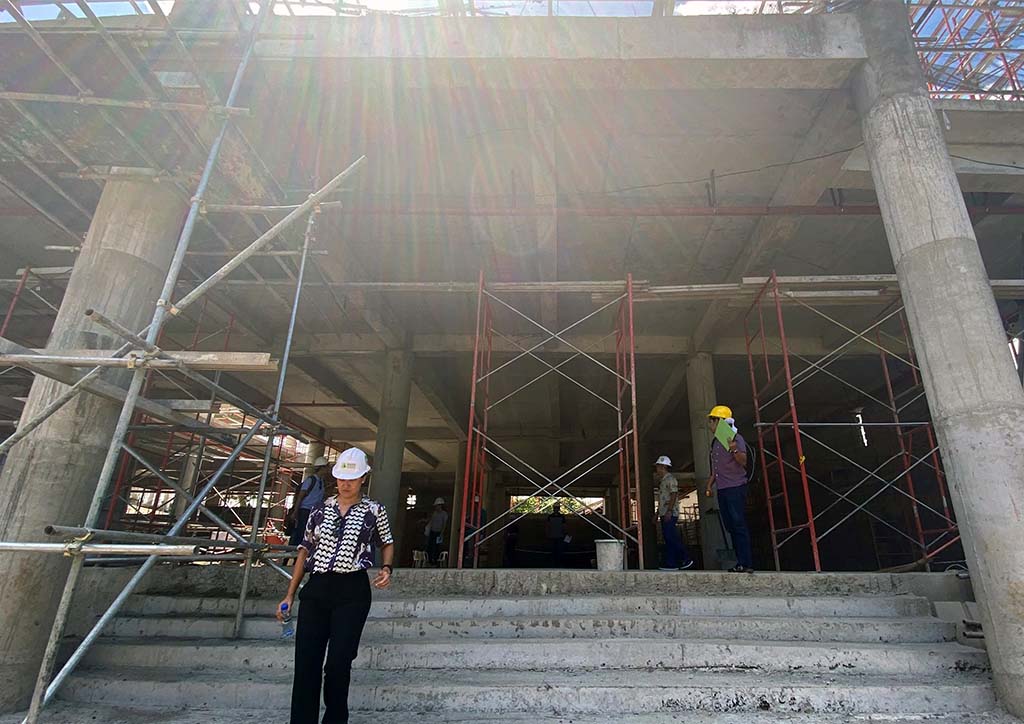
Finding passion
Denise de Castro has always been inclined towards the arts, science, and history, and she managed to marry all her three passions by pursuing architecture. “Growing up, I vacillated between being a doctor or an artist,” she recalls. “However, when I started college, my passion for art, science, and history drove me to pursue an architectural education. I found that architecture and design appealed to all my interests and suited talents perfectly.”
From a co-ed high school, de Castro later on went to an all-women’s liberal arts college in Massachusetts, USA. “I decided to accept the offer at Wellesley College because it afforded me the most flexibility and opportunity to explore different career paths but also made it possible to do a pre-med major if I still wanted to. Studying in a women’s college was incredibly empowering and inspiring. It was amazing to be surrounded by intelligent, ambitious, and talented women for four years,” shares the architect. She cited Alice T. Friedman and Katharine H.S. Moon as the most impactful professors during her stay at Wellesley College.
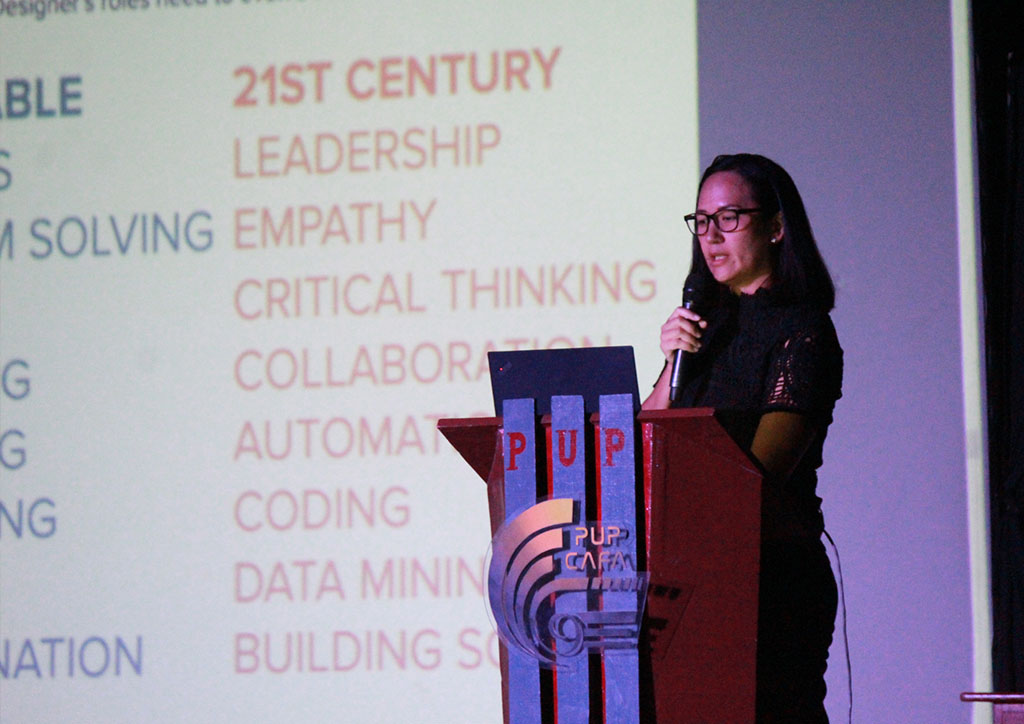
De Castro designed her own architecture degree by combining interdepartmental liberal arts courses at Wellesley College and technical ones at Massachusetts Institute of Technology. She then continued with her Master’s degree in Architecture at Harvard University’s Graduate School of Design, where she found female role models in Toshiko Mori and Sarah Whiting. “I complimented my degree with apprenticeships at firms in the Philippines and in the US. Of those experiences, my time at IDEO was the most impactful on me as I learned the value of interdisciplinary collaboration and innovation through user-centric strategies,” the architect adds. “I was inspired to pursue the same direction as I saw how much impact design could have beyond a single building or space. I was planning to return to IDEO before I unexpectedly moved back to Manila.”
READ MORE: Filipino firm DEQA wins Architizer A+ People’s Choice Award
Leading to purpose
Moving back to Manila for a short holiday eventually led her to Ed Calma’s office. “While in Manila, architect Ed Calma heard I was back in town and asked if I could work with him for a few months as he had some key projects he wanted me to lead. I had worked for him previously in 1999-2000 during a gap year while I was at Harvard GSD,” Denise de Castro recalls. “While at Ed’s office, I worked on the Philippine Pavilion at the 2005 World Expo in Aichi, Japan; an active lifestyle-driven retail development in Taguig; and several residential projects.”

She then started taking commissions from friends and family and grew her practice in the Philippines. “In design school, the only classes related to business that were taught are professional practice classes that deal with scenarios related to issues between clients, contractors, and other collaborators. There were no management, project management, or entrepreneurship classes. So although I could design and execute projects, I needed to learn how to grow and manage a business,” de Castro shares. “I was fortunate enough to have mentors to help me through this stage of growth. Arch. Bong Recio and his wife, Cecile, have generously offered advice.” The architect adds that she has also supplemented her on-the-job learnings with short courses in management, marketing, and finance. She also continues to ask her team, colleagues, and friends for advice and recommendations.
YOU MIGHT LIKE: BluPrint Circles: a discourse on presenting to clients and juries
Now, Denise de Castro has been running her firm DEQA Design Collaborative for a decade, and she acknowledges that being a practitioner and a principal of a studio has molded her into the designer and person she is today. “I love how I experience the world. I appreciate the monumental, the miniature, and everything in between. I am always aware of my senses and am keen to appreciate the sense of place in any environment. I am also constantly challenging my thinking, expanding my knowledge, and engaging my curiosity. Most importantly, I have developed my sense of empathy and recognized the potential of design to impact lives, communities, culture, business, and the environment, now and in the future.”
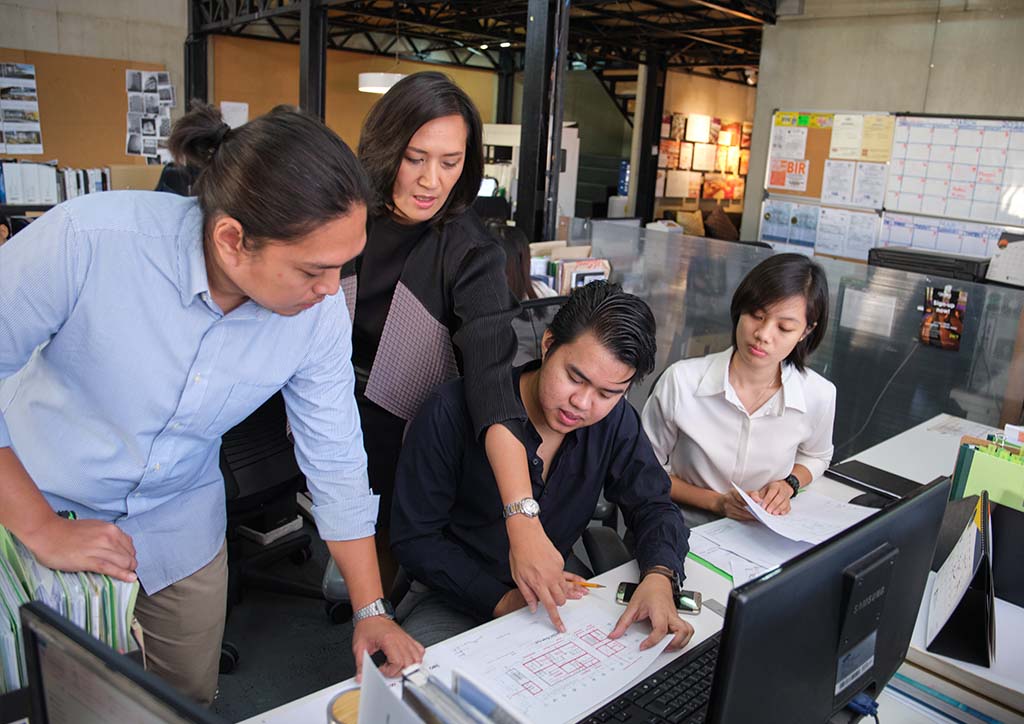
“I hope that in the coming years, my team and I will be able to design more impactful and interdisciplinary projects around the Philippines and beyond as well,” de Castro adds.
Overcoming obstacles
The obstacles did not stop at establishing and running a firm. Denise de Castro admits that building the right team is one of the most difficult aspects in her business. “I have collaborated, mentored, and built the business with many people over the years. Some, the right ones, some the right-now ones, and others who were not the right fit. Finally, with the help of the right ones, we have improved and designed our processes, like we would design a project, to find, onboard, support, and engage the best and the right team members,” the architect shares.
READ MORE: Women Run Design: Jean de Castro believes that any woman can build her future
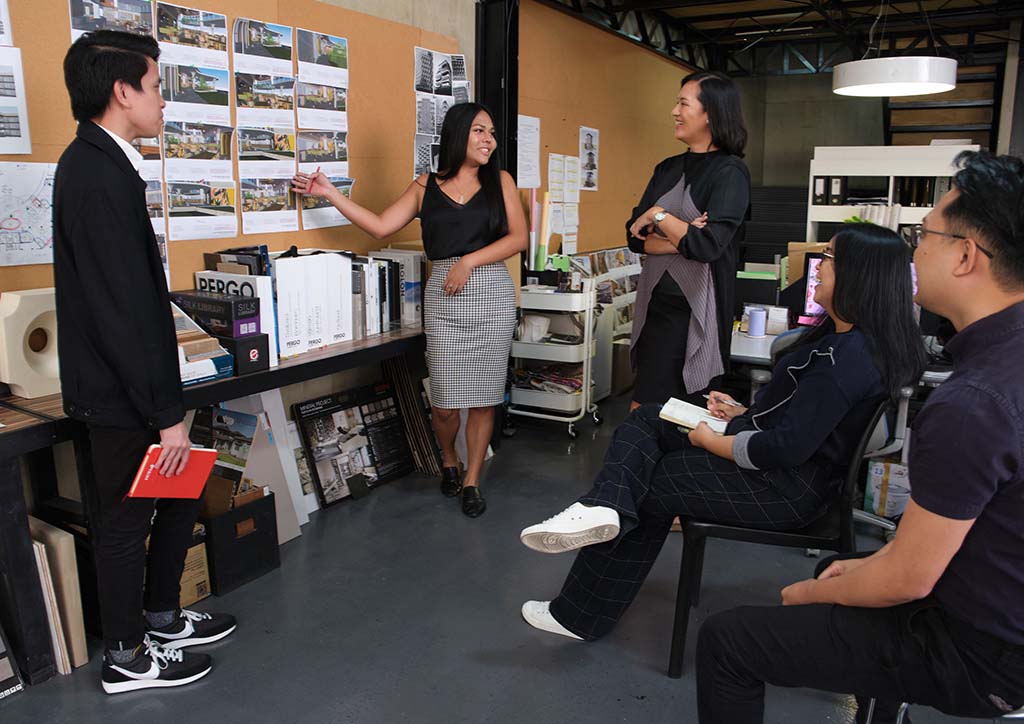
However, choosing the right people never depended on their gender, according to Denise de Castro. She reveals that hiring people always comes down to personality, talent, and alignment with her studio’s values. “I am extremely proud that our studio is a gender-inclusive workplace. We support all orientations,” de Castro says. “Because of our company values (collaboration, optimism, and human-centrism), it is really important for us to nurture a culture of support, safety, and acceptance, inside and outside the studio. That being said, there is an equal ratio of genders between males and females, with others identifying as LGBTQ.”
The architect adds that compensation in their studio is based on skill set, years and quality of experience, and role in the team. “We are transparent and as fair about this as possible. Generally, I believe there is little parity between genders now in the Philippines, regardless of industry,” says de Castro.
YOU MIGHT LIKE: Women Run Design: Being female is not an excuse nor a limitation—Cathy Saldaña

Hoping for possibilities
Denise De Castro is hopeful and positive about women in the workplace. “Women are naturally more empathetic and connected to their communities and surroundings. This sensitivity is needed now as the role of the architect and designer is evolving to imagine and create more sustainable and human-centric solutions,” the architect says. She cites also the World Economic Forum’s Global Gender Gap Report 2020, where the Philippines ranked 16th out of 153 countries with the lowest rates of gender inequality in the world based on economic participation and opportunity, educational attainment, health and survival, and political empowerment. “Our national performance is strong across three out of four metrics of the index,” de Castro says.
She also recognizes how the Divorce Law and the Responsible Parenthood and Reproductive Health Act of 2012 (Republic Act 10354) can be beneficial to women, “granting women full liberties over their bodies and their lives.” She adds, “To protect and support women in the workplace, one legislative change would be to make the length of paternity and maternity leave the same. This would enable fathers to participate equally in the early months of their child’s life and also allow women to return to the workforce earlier. There should also be more government-supported daycare centers so that both women and men can be productive during the day while their children are looked after.” Denise de Castro believes that having these changes in the legislation help protect the rights of not only women, but other genders as well, to encourage them to freely work and flourish. ![]()
READ MORE: Women Run Design: How Jumax Morgia walked away from and ran back to architecture
Images courtesy of DEQA Design Collaborative


